
This book discusses socio-environmental interactions in the middle to late Holocene, covering specific areas along the ancient Silk Road regions. Over twenty chapters provide insight into this topic from various disciplinary angles and perspectives, ranging from archaeology, paleoclimatology, antiquity, historical geography, agriculture, carving ar...
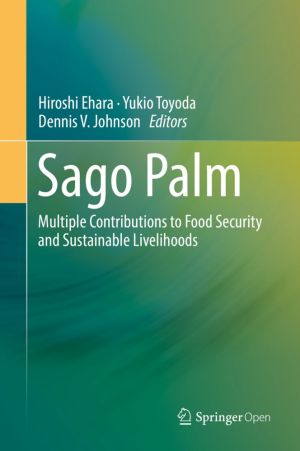
This book addresses a wide variety of events and technologies concerning the sago palm, ranging from its botanical characteristics, culture and use to social conditions in the places where it is grown, in order to provide a record of research findings and to benefit society. It discusses various subjects, including the sago palm and related species...
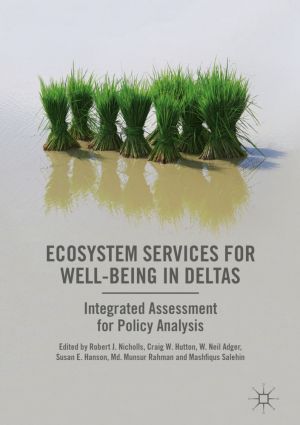
This book answers key questions about environment, people and their shared future in deltas. It develops a systematic and holistic approach for policy-orientated analysis for the future of these regions. It does so by focusing on ecosystem services in the world's largest, most populous and most iconic delta region, that of the Ganges-Brahmaput...

It relates to the III Annual Conference hosted by the Russian Federal Ministry of Education and Science in December 2016. This event has summarized, analyzed and discussed the interim results, academic outputs and scientific achievements of the Russian Federal Targeted Programme for Research and Development in priority areas of development of the R...
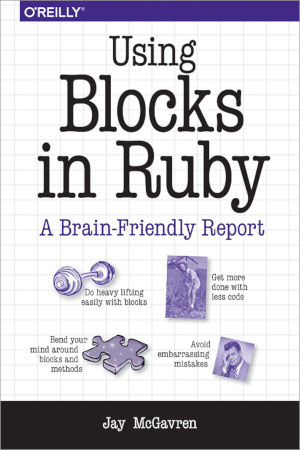
Unannounced and unmarked, blocks turn up all over Ruby programs. Their use ranges from some of Ruby's most basic structures, such as loops, to some of its most sophisticated tricks. Similar to closures or lambdas in other languages, blocks enable some of Ruby's vaunted efficiency. Blocks even allow other people to write some of the code y...
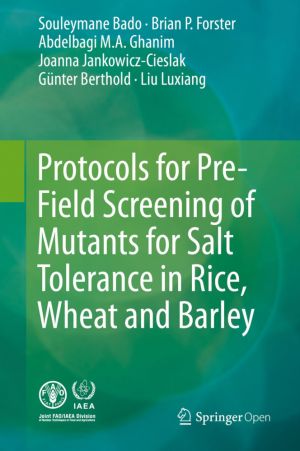
This book offers effective, low-cost and user-friendly protocols for the pre-field selection of salt-tolerant mutants in cereal crops. It presents simple methods for measuring soil salinity, including soil sampling and the analysis of water-soluble salts, and describes a detailed, but simple, screening test for salt tolerance in rice, wheat and bar...

This book presents work collected through the Liquefaction Experiments and Analysis Projects (LEAP) in 2017. It addresses the repeatability, variability, and sensitivity of lateral spreading observed in twenty-four centrifuge model tests on mildly sloping liquefiable sand. The centrifuge tests were conducted at nine different centrifuge facilitie...
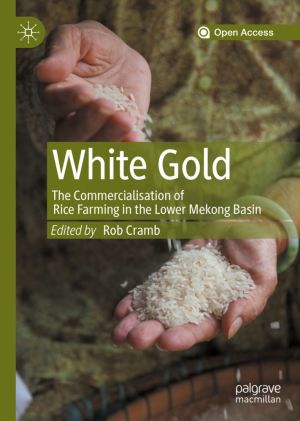
This open access book is about understanding the processes involved in the transformation of smallholder rice farming in the Lower Mekong Basin from a low-yielding subsistence activity to one producing the surpluses needed for national self-sufficiency and a high-value export industry. For centuries, farmers in the Basin have regarded rice as "...
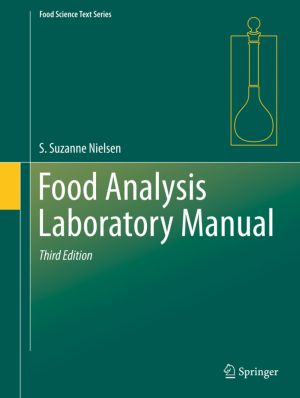
This third edition laboratory manual was written to accompany Food Analysis, Fifth Edition, by the same author. New to this third edition of the laboratory manual are four introductory chapters that complement both the textbook chapters and the laboratory exercises. The 24 laboratory exercises in the manual cover 21 of the 35 chapters in the textbo...
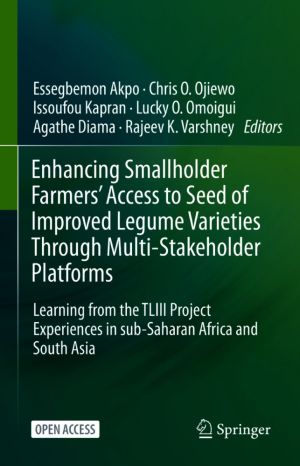
This open book shares the experiences of Tropical Legumes III (TLIII) project in facilitating access to seed of improved legume varieties to smallholder farmers through innovation platforms. It highlights practices and guiding principles implemented in eight developing countries of sub-Saharan Africa and South Asia. This book details key processes ...
